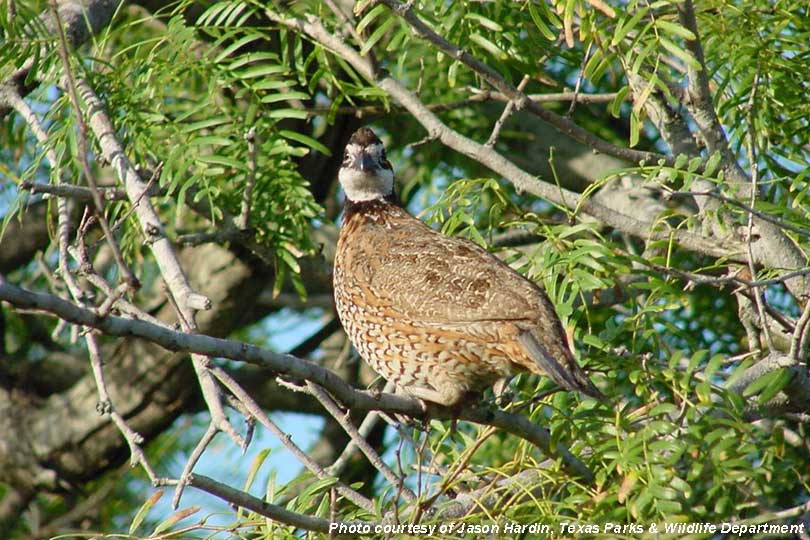Recent quail population surveys point to another strong year for quail numbers in several ecological regions in Texas, thanks to improved habitat conditions.
This index overseen by the Texas Parks and Wildlife Department (TPWD) uses randomly selected, 20-mile roadside survey lines to determine annual quail population trends by ecological region. Comparisons can be made between the mean (average) number of quail observed per route this year and the long-term mean (LTM) for quail seen within each ecological region.
The regular hunting season for quail statewide is Oct. 29-Feb. 26.
Heading into 2016, late winter and spring rainfall produced exceptional nesting cover, ample winter forage and lots of insects. Most of the state experienced below-average summer temperatures and above-average summer rainfall—a combination that equates to high quail production and survival, according to TPWD.
Rolling Plains
The average number of bobwhites observed per route was 50.2 compared to 38 last year. This sets a new record high for the survey in this region.
South Texas Plains
The average number of bobwhites observed per route was 14 compared to 21 last year. This is below the LTM of 17.4 and suggests a slightly below-average hunting season for the region as a whole.
Trans-Pecos
The average number of scaled quail observed per route was 30.5 compared to 28 last year. This is well above the LTM of 16.2 and is predictive of an excellent year in the Trans-Pecos.
Other Areas
TPWD surveys indicate that bobwhite numbers have fallen below average in the Gulf Prairies where only 3.8 bobwhites were observed per route compared to 14.9 last year. Although there was good carryover on the coast, quail production was likely adversely affected by too much rainfall in this region. Field reports, however, suggest there are huntable populations on well-drained sites. Hunters should focus on the central and lower coast in native prairie habitats.
The High Plains and Edwards Plateau reported a continued increase in quail numbers. It has been more than 10 years since these levels have been recorded.


But stock will still help your numbers, or if you are training bird dog then contact http://www.harpersgamefarm.com for your gamebird needs
Why are there no quail in Hamilton County? I recently moved there, it looks like good quail country, but there are no quail at all zero.